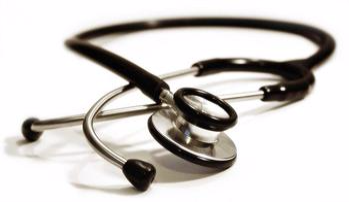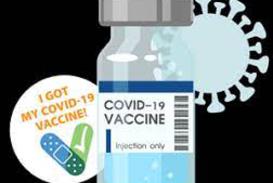FIRST TIME: WOMEN COMPRISE MAJORITY OF MEDICAL STUDENTS IN THE U.S.
by John G. Baresky on 12/10/19
Medical school applicants and medical school enrollees transforming based on gender, ethnicity, race
The
Association of American Medical Colleges ( AAMC ) reports that based on its
data, more females than males are enrolled as medical students throughout the
nation. The margin is narrow but reflects an ongoing trend that has been
building over the last several years. This is a breakthrough for women, the medical
community, academia and the nation.
AAMC is a champion for better patient care and healthcare academics
Based in Washington, D.C., AAMC was founded in 1876. AAMC is a non-profit organization. Its members comprise all 154 accredited United States and 17 accredited Canadian medical schools encompassing almost 400 teaching hospitals and health systems, 51 Department of Veterans Affairs ( VA ) medical centers plus over 80 academic medical societies. The AAMC is a healthcare leader dedicated to improving medication education and patient care while driving breakthrough medical research and healthcare innovation.
A
positive and growing trend that cleared a medical school enrollment
milestone in 2017
Presently,
50.5% of all enrolled medical students are women. This number is built from
crossing an earlier landmark threshold from 2017 when for the first time
females outnumbered males as first-year medical students.
Kaiser Family Foundation Data
According to the Kaiser Family Foundation ( KFF ) there were 25,955 medical school graduates in 2018. This number includes allopathic medical school graduates and osteopathic medical school graduates. The top 10 states of combined allopathic and osteopathic graduates were:
- California: 1,477
- Florida: 1,316
- Illinois: 1,315
- Michigan: 1,143
- Missouri: 922
- New York: 2,402
- Ohio: 1,122
- Pennsylvania: 1,910
- Texas: 1,735
- Virginia: 858
Based in San Francisco and founded in 1948, the Kaiser Family Foundation is a commercially and clinically recognized and respected non-profit organization dedicated to the major healthcare issues of the United States and the role of the nation as an influential global healthcare policy leader.
As
an industry, healthcare is becoming more diverse
The
medical school academic sector is changing in many other ways. A greater number
of minorities are applying and the percentage of them being accepted is on the
rise as well.
Data from AAMC reveals a small and steady transformation in healthcare academics and the future healthcare workforce:
- Native American or Alaska Native applicants increased by 4.8% and their acceptance levels increased by 5.5%
- Hispanic or Latino applicants grew by 5.1% and those accepted grew 6.3%
- African American or black applicants rose by 0.6% and those accepted increased by 3.2%
- For African American or black males, their applicant count grew by .5% and those accepted increased by 3.7%
If current trends continue, the physician workforce of the future will be
significantly changed
While women and minorities are presently outnumbered in the physician ranks, the current trends mark an important change from the past norms which is favorable for patients and clinicians moving forward. For persons early in their education and forming ideas about their career aspirations or for those people seeking a change in their existing careers, the prospects of gaining entry into the healthcare industry is greater than ever --including the opportunities for medical doctor roles as long as they can meet the academic rigor ( average GPA of undergraduates admitted to medical school is above 3.7 ) and take on the economic burden involved.
Medical
school expense is a daunting challenge but interest in the healthcare profession
and physician careers is robust
Based on data from the American Medical Student Association ( AMSA ), the annual cost of attending a public medical school ( complete with tuition, fees, and health insurance included ) is approximately $34,592 for in-state students and $58,668 for out-of-state students. This cost rises considerably for those attending private institutions. Private medical school tuition, fees and health insurance average over $50,000 annually for in-state or out-of-state enrollees. These figures are based on statistics from 2016-2017; for public and private universities these costs continue to increase. Founded in 1950, AMSA is a student governed non-profit organization with over 30,000 members that is based in Washington, D.C. which cultivates healthcare academic and student advocacy while providing a framework for educational and clinical communication and networking.
The sustained and growing interest in healthcare as a career and physician-centered roles is encouraging. 20 new medical schools have opened in the last ten years and class sizes have been expanded which has resulted in a 33% growth trend that dates back to 2002.
Americans are living longer; will there be enough physicians to care for us?
Amazingly, the expansion may not be sufficient to meet the healthcare needs of the nation. Thanks to rapidly evolving healthcare knowledge, better techniques and advanced healthcare products as well as a decline in tobacco use, U.S. citizens are living longer. To meet the needs of today and those of future generations, the number of physicians needs to increase as present data indicates a drastic shortfall by up to 122,000 doctors is approaching by the year 2032.
LinkedIn: John G. Baresky
Twitter: Healthcare & Content Marketing Guy

